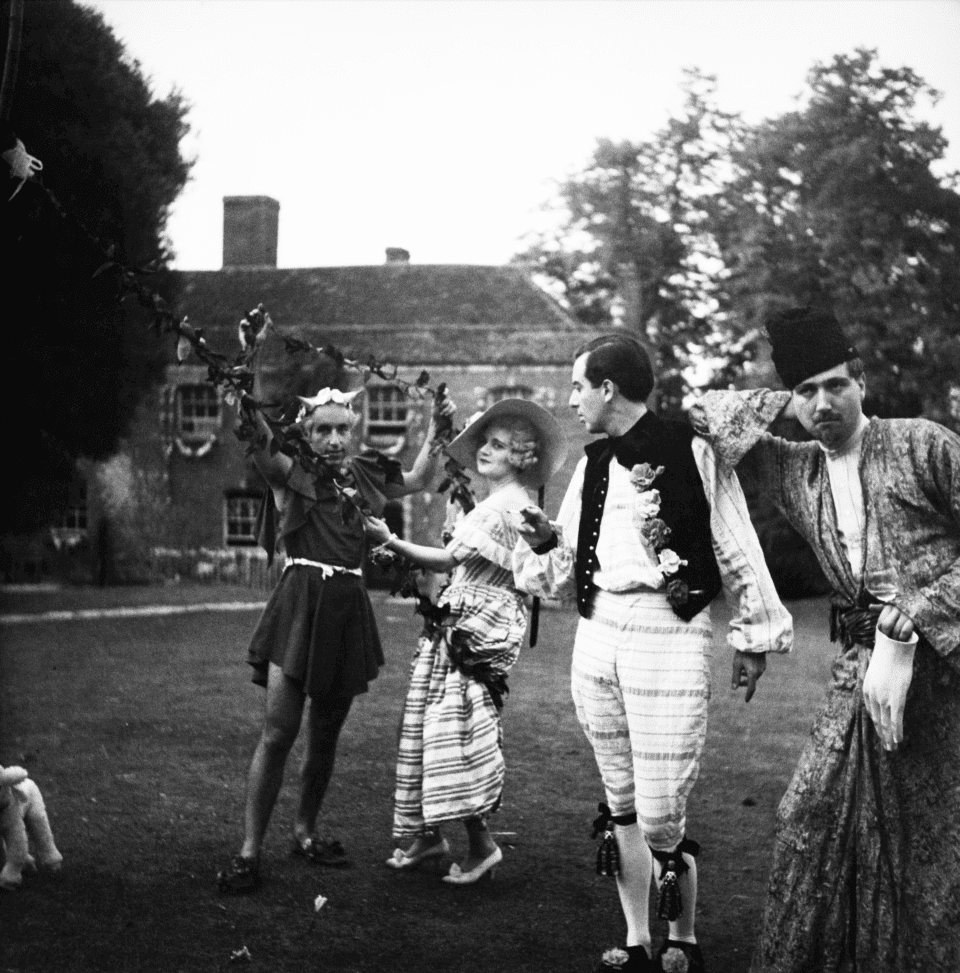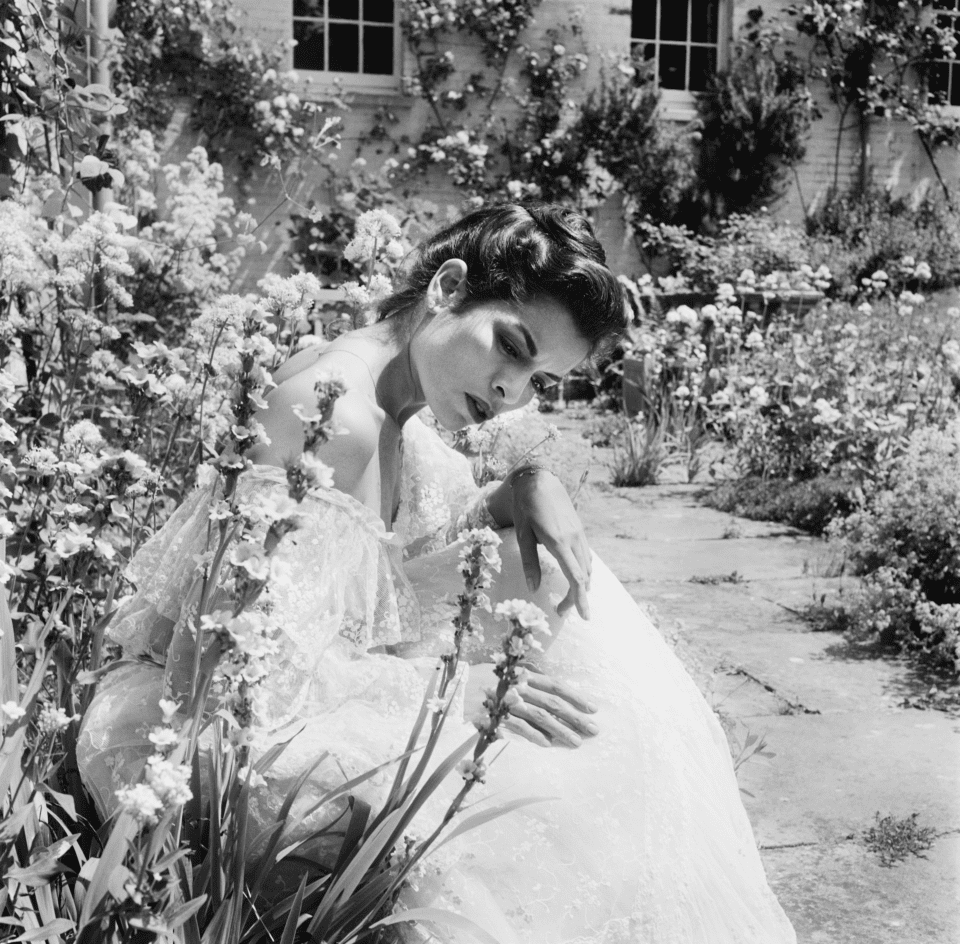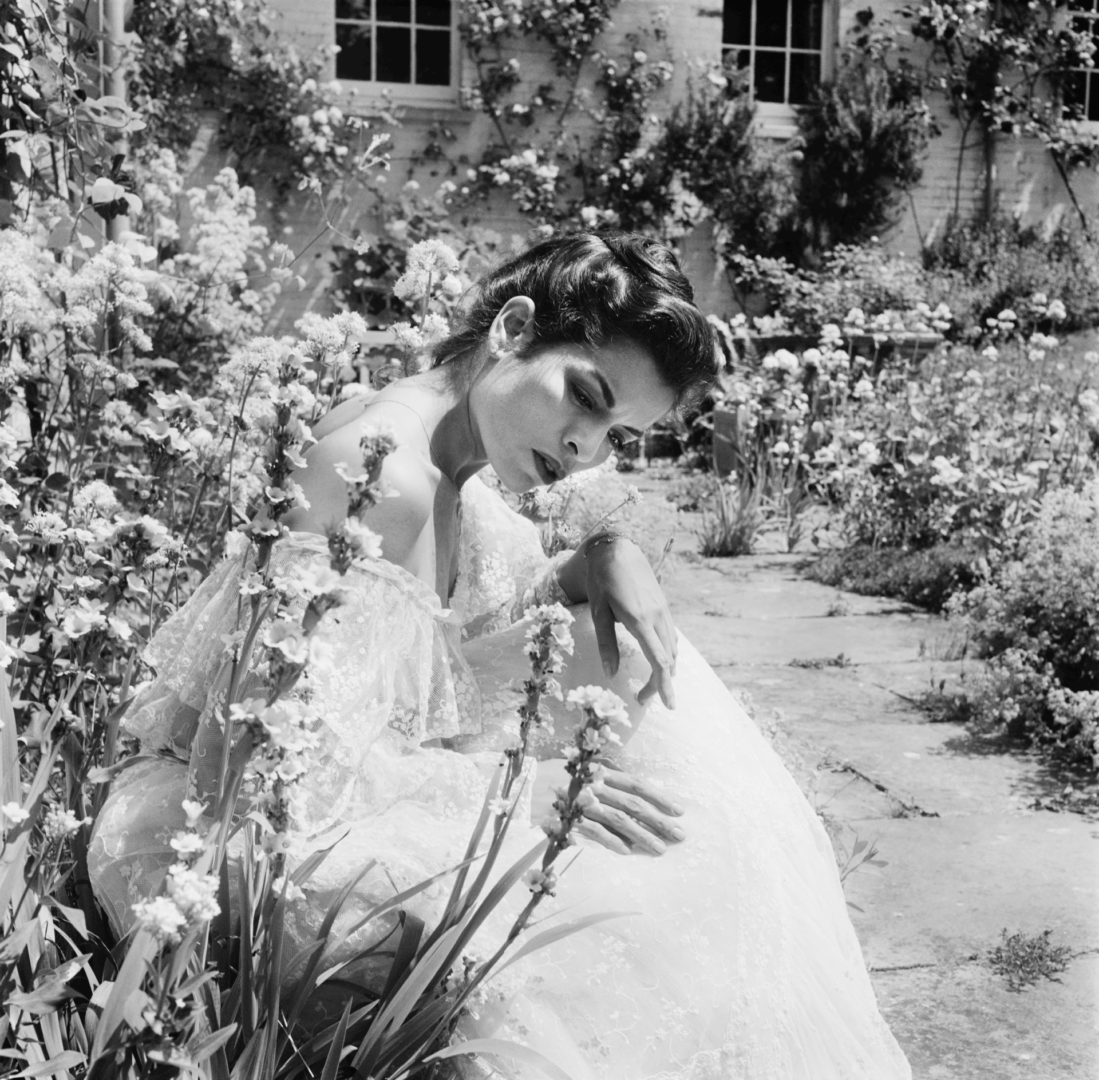Renowned photographer Cecil Beaton is said to have declared: “Perhaps the world’s second-worst crime is boredom; the first is being a bore.” It is an accusation that could never have been levied against Beaton. He was a titan of the 20th century creative scene, as versatile as he was innovative. His photographs first graced the pages of Vogue April 1924, where he would go on to capture stylized, elegant portraits of British royalty, Hollywood stars and socialites – including Audrey Hepburn, Greta Garbo and Queen Elizabeth II. The dawn of WWII saw him turn the lens on the war effort, life on the homefront and the destruction wrought by the Blitz, working as official photographer for the British Ministry of Information. Beaton’s talents also included stage and screen, and costume design earned him two Academy Awards. This was a figure whose reach and influence extended from Palaces to Broadway, through literature, art and design. Now, a new exhibition considers an aspect of Beaton’s life that influenced almost every aspect of his practice, but until now has remained largely overlooked: his garden. The Garden Museum traces Beaton’s horticultural journey, comprising photographs, paintings, drawings, costume and set design, many of which have never been publicly displayed before.

The exhibition asks viewers to look at some of Beaton’s most iconic photographs with fresh eyes. It doesn’t take long to realise that floral arrangements are in almost every one. It’s a pattern so glaring that, once seen, it’s impossible to ignore. The 1927 staged portrait of poet and patron Edith Sitwell sees her laid on a checkerboard floor, posed like a figure out of mythology. There is something about the scene that echoes John Everett Millais’ Ophelia (1851), a bunch of lilies in full bloom placed on her chest. Elsewhere, a picture of model Penelope Tree is framed by an orangery full of huge plants and dense leaves. In his infamous diaries, Beaton wrote about the preparations for photographing the Queen Mother in 1953, considering: “making some pictures in the [German court portraitist] Winthalter manner, with real country flowers on a side table instead of the usual Palace display of hydrangeas and gladioli.” The trend of bringing nature into his work is unwaveringly strong throughout Beaton’s career, an influence that guided his creative hand.

The use of florals extends to Beaton’s legendary costumes. Take the outfits worn in My Fair Lady. Garden Museum curator Emma House writes in the exhibition catalogue: “Flowers flow throughout the musical from the opening scenes of the busy flower market to embellishments on individual costumes to Eliza Doolittle’s sheer chiffon dress from the final act, its fabric twisted into a flower.” The show traces the evolution of these original designs, and features famous costumes worn by Audrey Hepburn in the 1964 Hollywood film inspired by the stage production. The elaborate creations earned Beaton two Academy Awards, for Art Direction and Costume Design. Also on display are the original illustrations for Ashton’s ballet Les Sirènes, as well as a headdress worn by ballerina Margot Fonteyn in Apparitions and a outfit worn in Marguerite and Armand.
Beaton is not the first artist to use the garden as a creative outlet. Perhaps the most famous is Derek Jarman’s Prospect Cottage. The artist moved to the Kent coast in the aftermath of both his father’s death and a HIV diagnosis. The location was both a personal sanctuary and method of artistic expression, described by Jarman as “as therapy and a pharmacopoeia.” The former fisherman’s hut is surrounded by hardy plants, as well as sculptures made from driftwood and flotsam. For Beaton, it was Ashcombe House, where he moved in 1930, that was the catalyst for his green-fingered fascination. As with Jarman, it began as a personal solace that became a piece of art, taking on a life beyond its creator. The garden provided flowers to decorate dinner parties and weekend social gatherings. The Garden Museum’s display features Beaton’s personal diaries, which illustrate the special relationship he developed with the location. It was the backdrop and inspiration for “Fête Champêtre” in 1937, a theatrical fancy dress summer party attended by 300 guests, including many of the illustrious “Bright Young Things.” The grand gathering was a pastoral pleasure group, with waiters in animal masks and a marquee decorated with flowers. Visitors to the exhibition will be able to step inside the event, observing photography of the party from the National Portrait Gallery and the Condé Nast archive, as well as the Surrealist rose coat designed and worn by the host. In bringing these lavish parties to modern audiences, Garden Museum showcases the centrality of nature to the 20th century creative scene.

Cecil Beaton’s Garden Party is a playful, vibrant romp through the life and work of a visionary figure. It is emblematic of a growing interest in gardens as an opportunity for creative innovation and expression. Saatchi Gallery’s recent exhibition considers how countless artists have been inspired by flowers, whilst the touring show Garden Futures reconciles these domestic spaces with political, social and economic justice. Far from forgotten hanging baskets or weed-ridden plant pots, gardens are an extension of the self.
Cecil Beaton’s Garden Party is at Garden Museum from 16 May – 21 September: gardenmuseum.org.uk
Words: Emma Jacob
Image credits:
1&4. Bianca Jagger by Cecil Beaton1978© Cecil Beaton Archive, Condé Nast.
2. People in costume at Cecil Beaton’s Ashcombe Housefor the Fête Champêtre by Cecil Beaton, 19 © Cecil Beaton Archive, Condé Nast.
3. Cecil Beaton by Cecil Beaton 1960s © Cecil Beaton Archive, Condé Nast.





